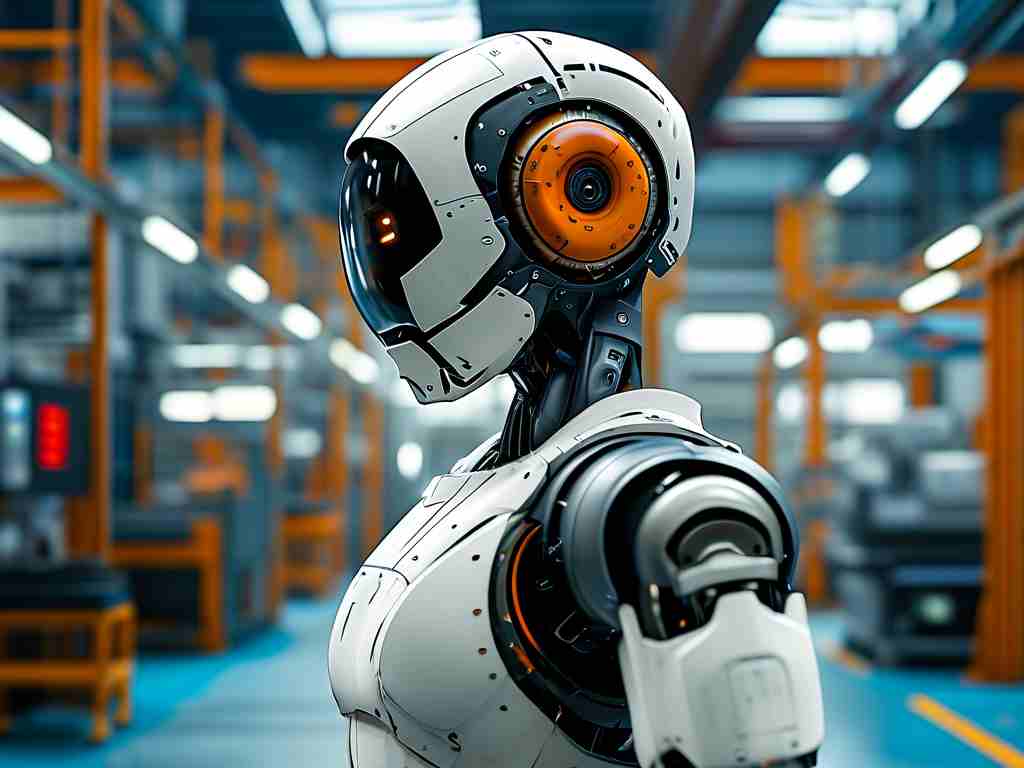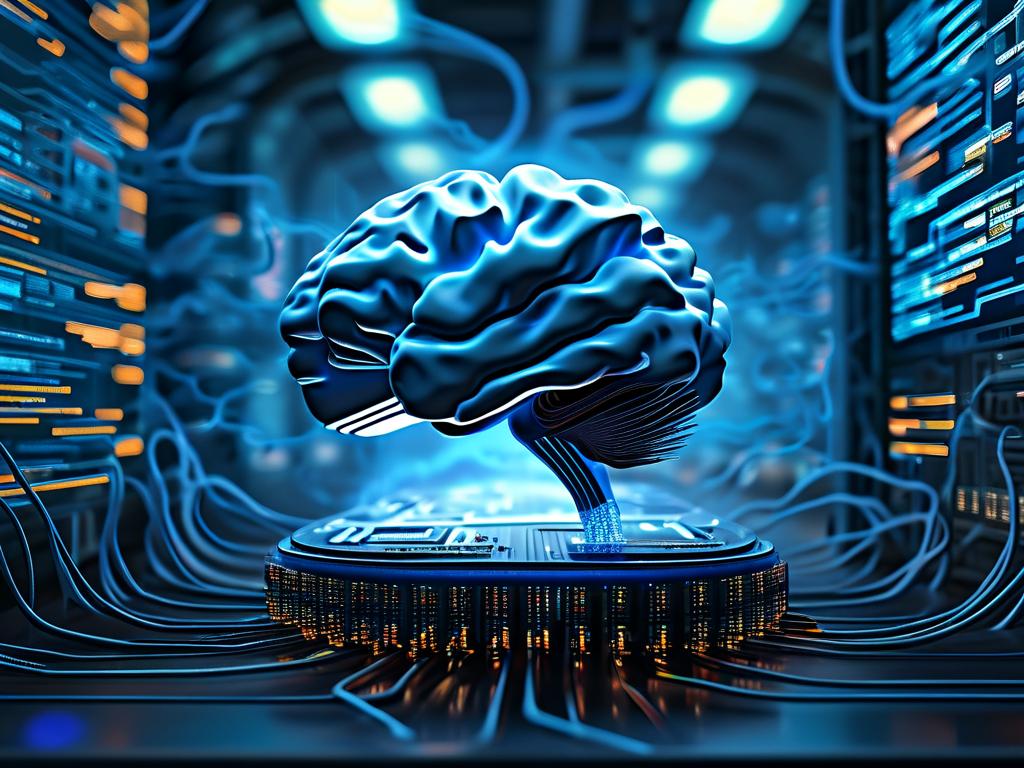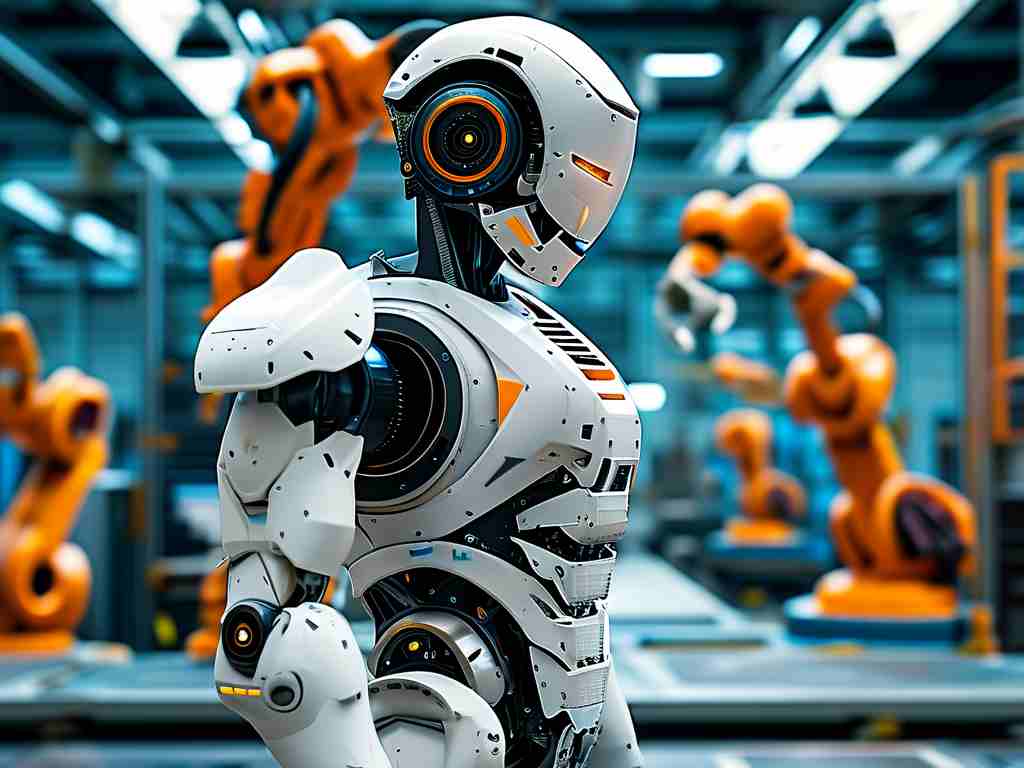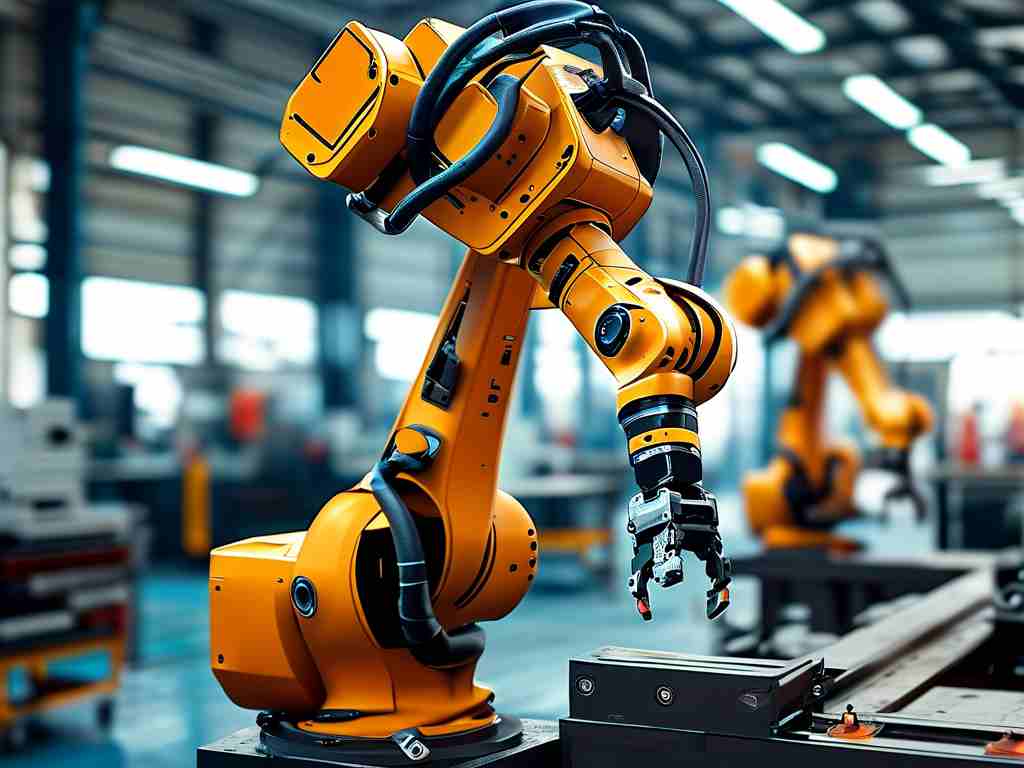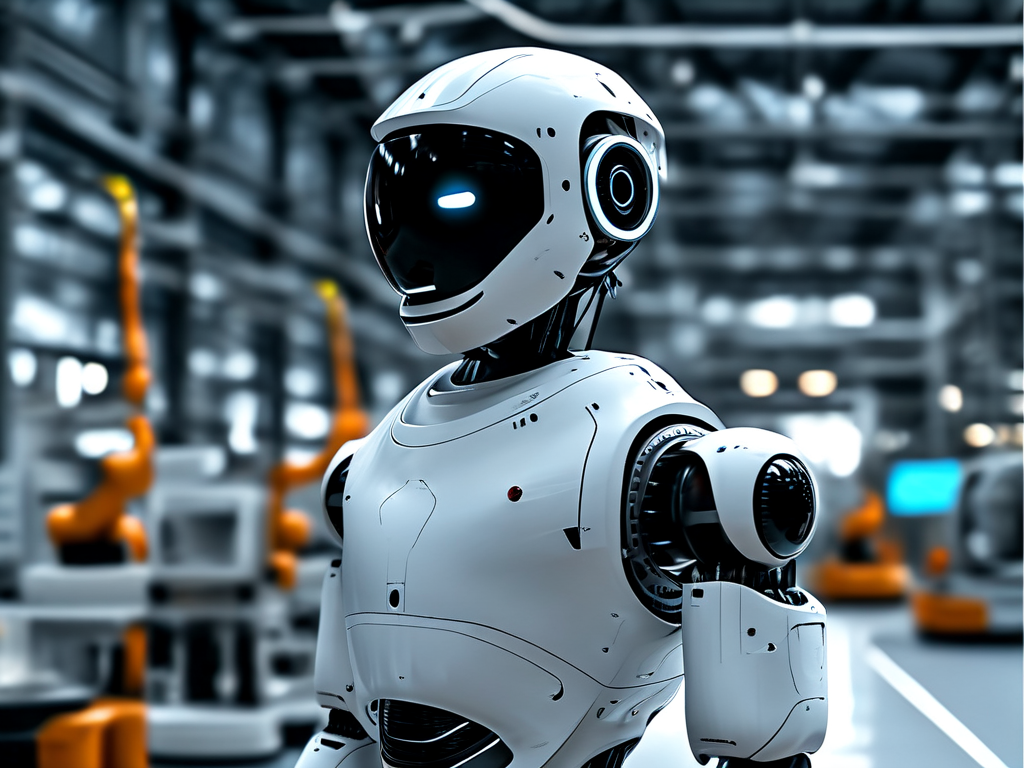As robotics technology rapidly evolves across industries, Zhanjiang has emerged as a critical hub for advanced robotics maintenance solutions in southern China. The city’s unique blend of industrial expertise and technological adaptability positions it as a leader in addressing the growing demand for efficient robotic system repairs.
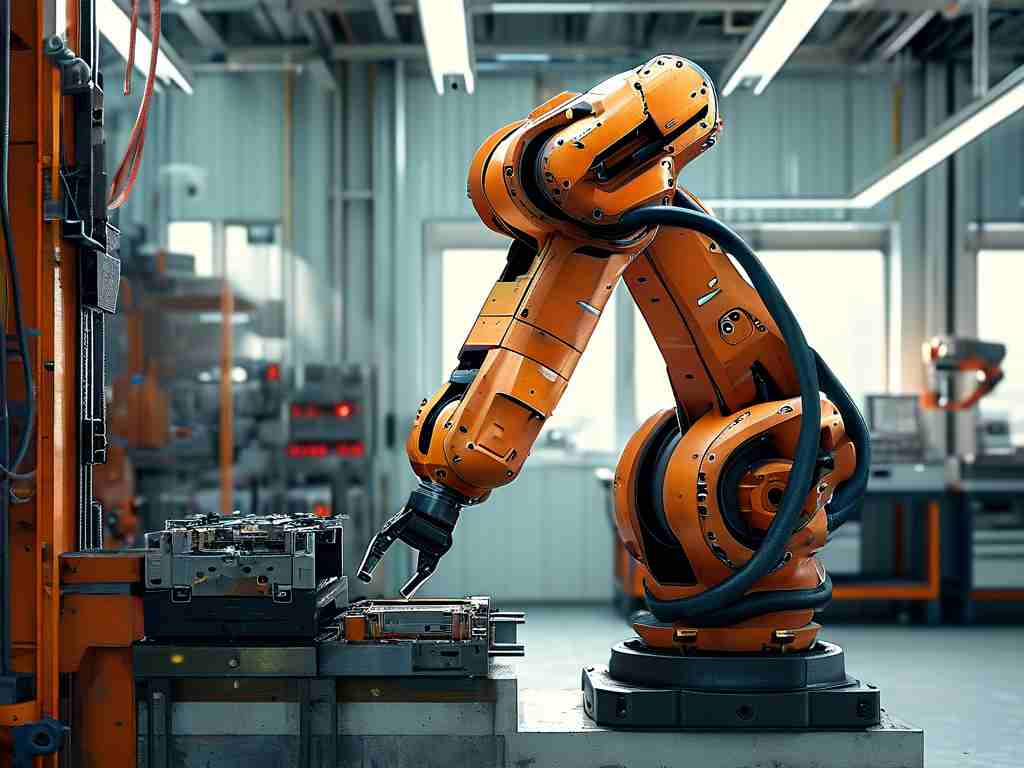
The Rise of Robotics in Zhanjiang’s Industrial Landscape
Over the past decade, Zhanjiang’s manufacturing and logistics sectors have integrated robotics at an unprecedented scale. Automated assembly lines in automotive factories, AI-driven sorting systems in port logistics, and precision agricultural robots in local farms now rely on specialized maintenance protocols. This shift has spurred the development of tailored repair methodologies that prioritize minimal downtime and cost-effective solutions. Technicians in Zhanjiang employ a hybrid approach, combining traditional mechanical expertise with AI-assisted diagnostic tools to identify issues ranging from sensor malfunctions to software glitches.
Core Techniques in Modern Robotics Maintenance
A distinctive feature of Zhanjiang’s repair ecosystem is its emphasis on predictive maintenance. By utilizing IoT-enabled monitoring systems, technicians analyze real-time data from robotic components to detect anomalies before they escalate. For instance, vibration patterns in industrial robotic arms are tracked continuously, allowing teams to replace worn-out gears or recalibrate motors during scheduled maintenance windows.
Another breakthrough involves modular repair strategies. Instead of replacing entire units, specialists in Zhanjiang have pioneered component-level repairs using 3D-printed parts and adaptive firmware updates. A recent case saw a marine inspection robot’s damaged pressure sensor housing recreated through on-site 3D printing, reducing repair costs by 62% compared to traditional replacement methods.
Training and Skill Development
Zhanjiang’s technical institutes have responded to industry needs by launching certification programs focused on robotics maintenance. Courses cover topics like servo motor troubleshooting, hydraulic system optimization, and machine learning algorithms for error pattern recognition. Partnerships with robotics manufacturers ensure students gain hands-on experience with the latest models, from collaborative robots (cobots) used in electronics assembly to heavy-duty drones deployed in coastal infrastructure inspections.
Challenges and Adaptive Solutions
The region’s high humidity and saline coastal air present unique challenges for robotic systems. Maintenance teams have developed proprietary anti-corrosion treatments for circuit boards and customized sealing techniques for hydraulic components. In 2023, a Zhanjiang-based engineering firm patented a nano-coating technology that extends the lifespan of underwater inspection robots by 40% in corrosive marine environments.
Future Directions
Emerging trends include the integration of augmented reality (AR) into maintenance workflows. Technicians testing AR glasses can now overlay diagnostic data directly onto malfunctioning robots, significantly speeding up repair processes. Additionally, blockchain technology is being piloted to create immutable maintenance records for critical infrastructure robots, enhancing accountability across supply chains.
Zhanjiang’s robotics maintenance sector continues to evolve through public-private collaborations. Local government initiatives like the "Smart Harbor 2030" project are driving investments in automated port equipment maintenance facilities, while private startups are exploring AI-driven repair drones capable of performing basic maintenance tasks on offshore wind turbine inspection robots.
As robotics becomes increasingly integral to Zhanjiang’s economic framework, the city’s maintenance expertise not only supports local industries but also attracts international partnerships. With its balanced approach to technological innovation and practical problem-solving, Zhanjiang is setting new benchmarks in sustainable robotics maintenance practices.


